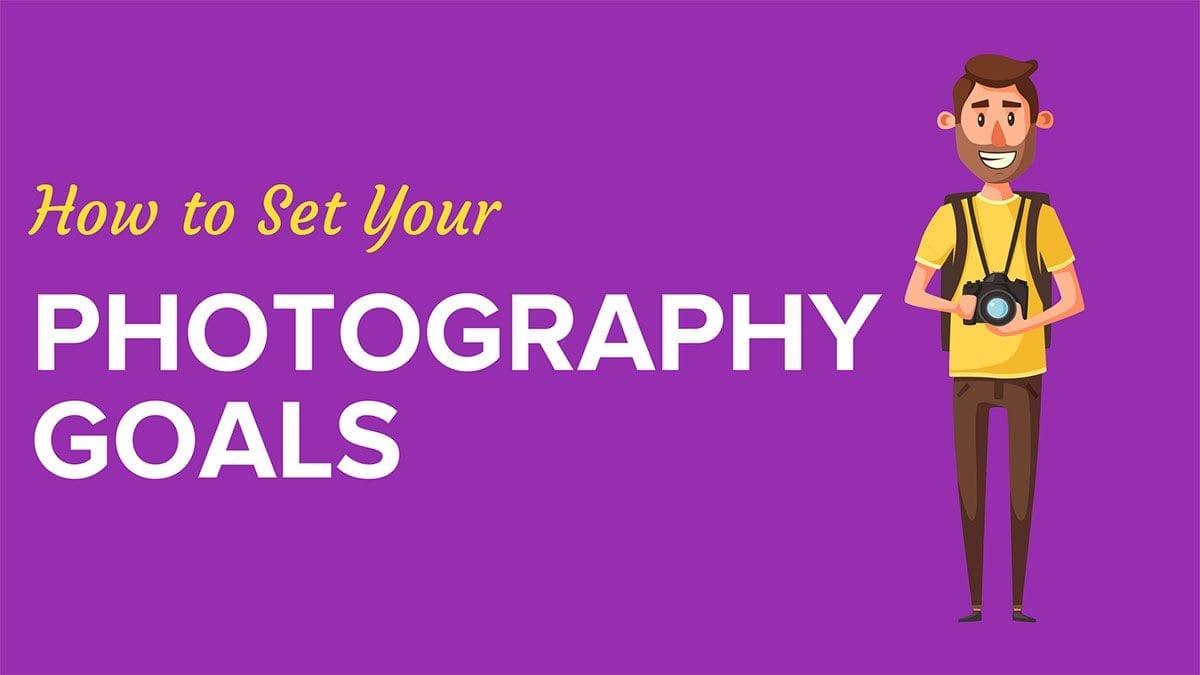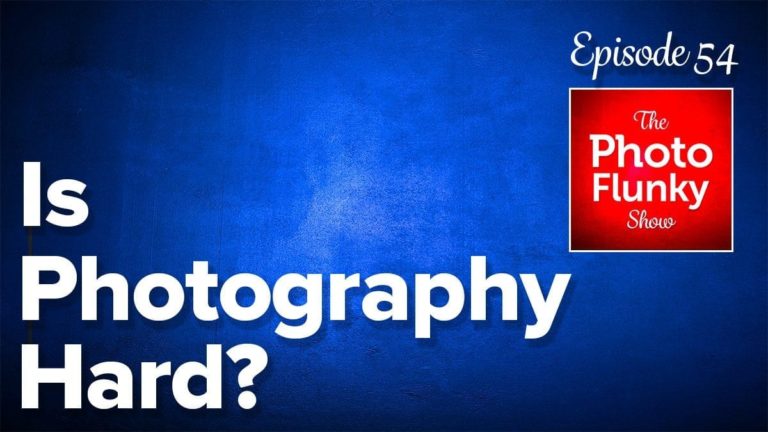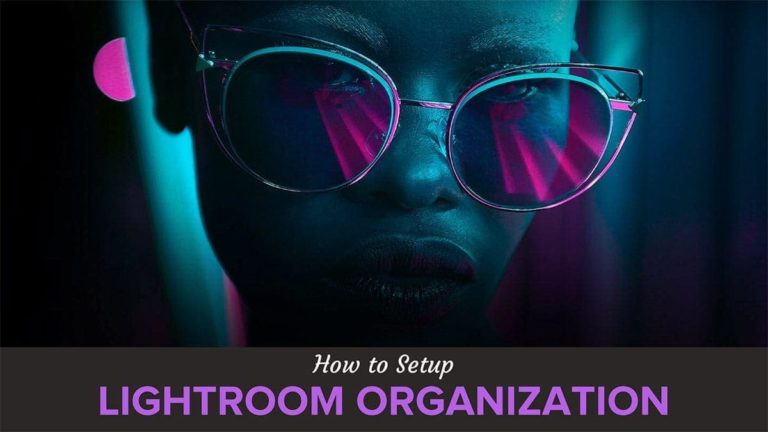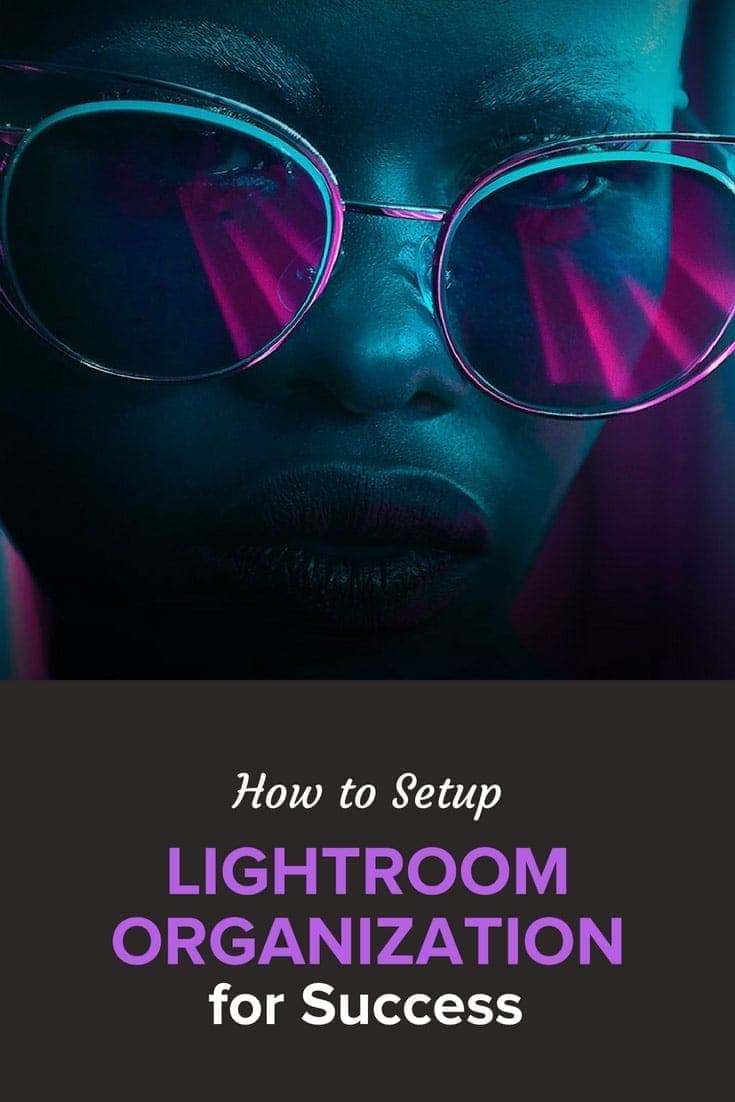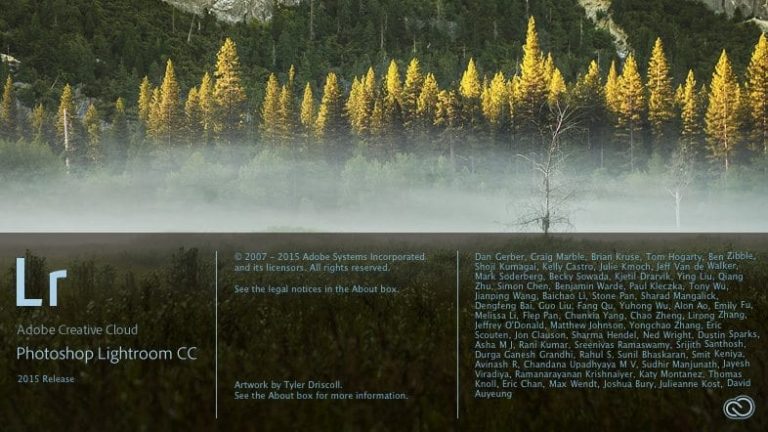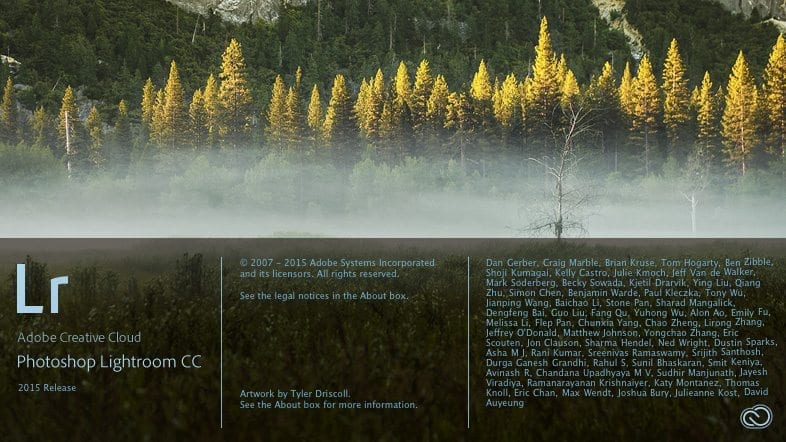Affiliate Disclosure: We earn a commission if you purchase through one of our links at no additional cost to you.
Photography goals come up at the start of every year, but you don’t have to wait for January to start setting your goals. We’ll discuss why you should set your photography goals and how to make them work.
Why is it Important to Set Photography Goals?
Before I answer that question, I want to share a quote that was on the wall at a former employer’s office.
“Goals are dreams with a deadline.” – Napolean Hill
I can’t tell you how much I hate this quote.
Every working day, I walked past a framed sign with this quote. I’m sure it was supposed to inspire me, but I have my own thoughts on inspiration.
I used to wonder who Napolean Hill was, and why I should take advice from him. On the positive side, he wrote a few books on success, one of which is among the top ten best selling self-help books of all time. Then again, his life didn’t seem very successful. He had a number of businesses with ups and downs, mostly short-lived operations.
So this is the guy whose quote we’re supposed to believe?
A dream with a deadline. Hogwash.
I believe in deadlines, but goals are more than a dream with a deadline. They are visions of where you see yourself in the future, and about the achievement you need to make in order to succeed.
Many people screw up their goals by placing artificial deadlines upon them. I don’t believe that goals have deadlines. Instead, they’re measured by quality and achievement.
What Are Some Examples of Photography Goals
I searched on social media to find some examples of the photography goals people were setting in 2018. Here are a few of their comments.
I know and respect a few of the photographers who shared these goals. I can also appreciate the enthusiasm in some of these statements. Overall, you see a theme with most of the photography goals that people share.
They want to improve some aspect of their photography.
Makes sense, right? Why have a goal if you don’t expect some kind of transformation? You want to move from point A to point B in your photography.
However, I see a problem with these photography goals.
They aren’t specific. If you’re going to achieve something or have some kind of transformation, you need to know what you’re trying to accomplish.
In my mind, there are four stages of setting your photography goal.
1: Create a Specific Goal
I’m going to use my goal that I mentioned on the podcast as an example. Here it is:
I want to create a portfolio with a themed body of work to show in a gallery.
Sounds pretty simple, right? I want to have a gallery showing of my work. However, I’m not looking to attempt this with a collection of my random photos, whether I think they’re good enough or not. Also, I’m not talking about getting one of my photos into a gallery.
I want to have the entire gallery showing my work. Those photos need to have a unifying theme, both in subject and presentation.
When setting a goal, I think you should really swing for the fences. Choose something that makes you a bit nervous, something big enough to require you to do work you’ve never done before. That means you need to have confidence in yourself. Maybe you haven’t done this before, but that’s why it’s a goal. The idea of achieving it should make you sweat a little bit. Otherwise, you won’t have a great sense of satisfaction when you achieve your goal.
Theoretically, that theme could be anything I want. It’s a matter of my choice and artistic expression, but I have to decide what I want to show. That leads me to our next stage.
2: Figure Out How You’re Going to Achieve Your Specific Goal
Again, it sounds simple. Of course, this is where we get into the details. This is where we learn what you need to know before you get started. Maybe you need to take on a challenge to improve your photography as part of your process.
This is your preparation phase.
If you’ve always thought you could do something, but haven’t done it yet, what do you need in order to make it happen?
You are no longer just a photographer. You’re a director with a vision, and you may need to assemble a team of advisors or gather new resources to prepare yourself to achieve your photography goal.
Let’s continue with my goal as an example.
I want to create a portfolio of athletic/fitness portraits shot on location because I want to show people doing something they love. This kind of goal allows for some serious growth in my own portrait photography.
It also lets me create something I can give to people who are very passionate about what they do. The first person I contacted is a powerlifter with a world record under her belt. She’s one of the first models I worked with years ago on a photography workshop and we’ve stayed in touch on social media since then. She’s gone through an incredible transformation and many challenges. I can’t think of a better subject to start.
Part of my preparation was to take inventory of my current skill set and gear. I’m confident I can do the work, but I realized that I need different lighting for some of the shots in this project. I’m happy with my Elinchrom BRXi studio lights and I like my Nikon speed lights, but I need something that offers a better combination of portability and power.
That’s why I just placed a large order with Adorama. I’m committed to this project.
3: Execute and Take Action
Don’t just talk about your photography goal or endlessly work on preparation. Get out and do it.
You don’t need perfection to get started. That’s because you’re going to make mistakes. Things outside of your control will go wrong. Something will break down. You’ll rely upon someone who doesn’t deliver.
Those aren’t failures. You should expect setbacks and learn to work though them to finish your photography goal.
I want to show somewhere between 12-24 photos in my gallery, and I don’t want to show the same subject twice. So I need to create a body of new work. I expect I’ll need more than 24 subjects, which means I need to network in the athletic and fitness community.
The good news is that my wife works in this field and I have some contacts from earlier days. I’ll also check with local photographers for referrals, and also with the people who I photograph.
My friend who I contacted first loved the idea so much that she’s inviting five or six of her girlfriends to the photoshoot. Even if I don’t get portfolio-worthy images of all of them on the first day, I have the opportunity to follow-up with them, network with more of their friends, and keep working on this project.
Lest we not forget, I need to find a gallery interested in showing my work. The subject matter may work better for some galleries than others. This is a new experience for me, so I have a lot to learn.
4: Adapt, Execute and Complete the Goal
Setting a goal is your starting point. Whenever you try to do something new, there’s always the chance that you overlooked something and you may need to tweak how you achieve your goal.
I’m starting with athletic and fitness portraits because it’s something that interests me. If I can’t find a gallery interested in showing this work, I must adapt and develop a new theme.
I’m not hung up on the idea that I must show this specific body of work. My goal has enough flexibility that I could switch to any other subject, from puppy dogs to automotive subjects. The mission is to achieve my objective of having a gallery showing. The plans for athletic and fitness subjects are a strategy to meet the objective and support the mission. Getting new gear or anything else I need is tactical support.
Everything flows up to achieve my objective – a gallery showing of my work.
That’s how you set your photography goal.
What About the Deadline?
Honestly, do I need a deadline? I may have some internal targets to complete these tasks, but those dates are not more important than creating a body of work with the high quality that I expect and want to show to the world in a gallery setting.
If a deadline matters to support your objective, that’s fine. However, I’ve worked on a number of failed projects that would have succeeded if only the project manager wasn’t so obsessed with charts and dates instead of quality and delivery.
Deadlines are useful tools but they aren’t the object of my photography goal.

